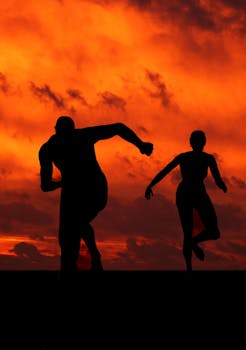
Introduction
Running is a fantastic way to maintain physical fitness, but it can sometimes result in injuries, especially for beginners or those who push themselves too hard. Understanding common running injuries and their recovery strategies can help you stay healthy and on track with your fitness goals.
Common Running Injuries
- Runner's Knee (Patellofemoral Pain Syndrome): Characterized by pain around the kneecap, especially during or after running.
- Shin Splints: Pain that occurs along the inner edge of the shinbone, often due to overuse or improper footwear.
- Achilles Tendinitis: Inflammation of the Achilles tendon, causing pain in the heel or lower calf.
- Plantar Fasciitis: Sharp pain in the heel, most noticeable with the first steps in the morning or after long periods of rest.
- IT Band Syndrome: Pain on the outside of the knee, due to irritation of the iliotibial band.
- Stress Fractures: Small cracks in the bone, often in the foot or lower leg from repetitive impact.
Recovery and Prevention Tips
- Rest and Ice: Allow the affected area time to heal and reduce inflammation with ice packs.
- Proper Footwear: Wear running shoes that provide the necessary support and cushioning for your foot type.
- Gradual Progression: Increase your running distance and intensity slowly to avoid overuse injuries.
- Stretching and Strengthening: Include dynamic warm-ups and strength training exercises in your routine to support muscles and joints.
- Cross-Training: Incorporate other forms of exercise, such as swimming or cycling, to reduce repetitive stress on your body.
- Seek Professional Help: If pain persists, consult a medical professional or a physical therapist for a tailored recovery plan.
Conclusion
While running injuries are common, many can be prevented or managed with proper care. Listen to your body, follow recovery protocols, and make running a safe and rewarding part of your lifestyle.
Comments
Post a Comment